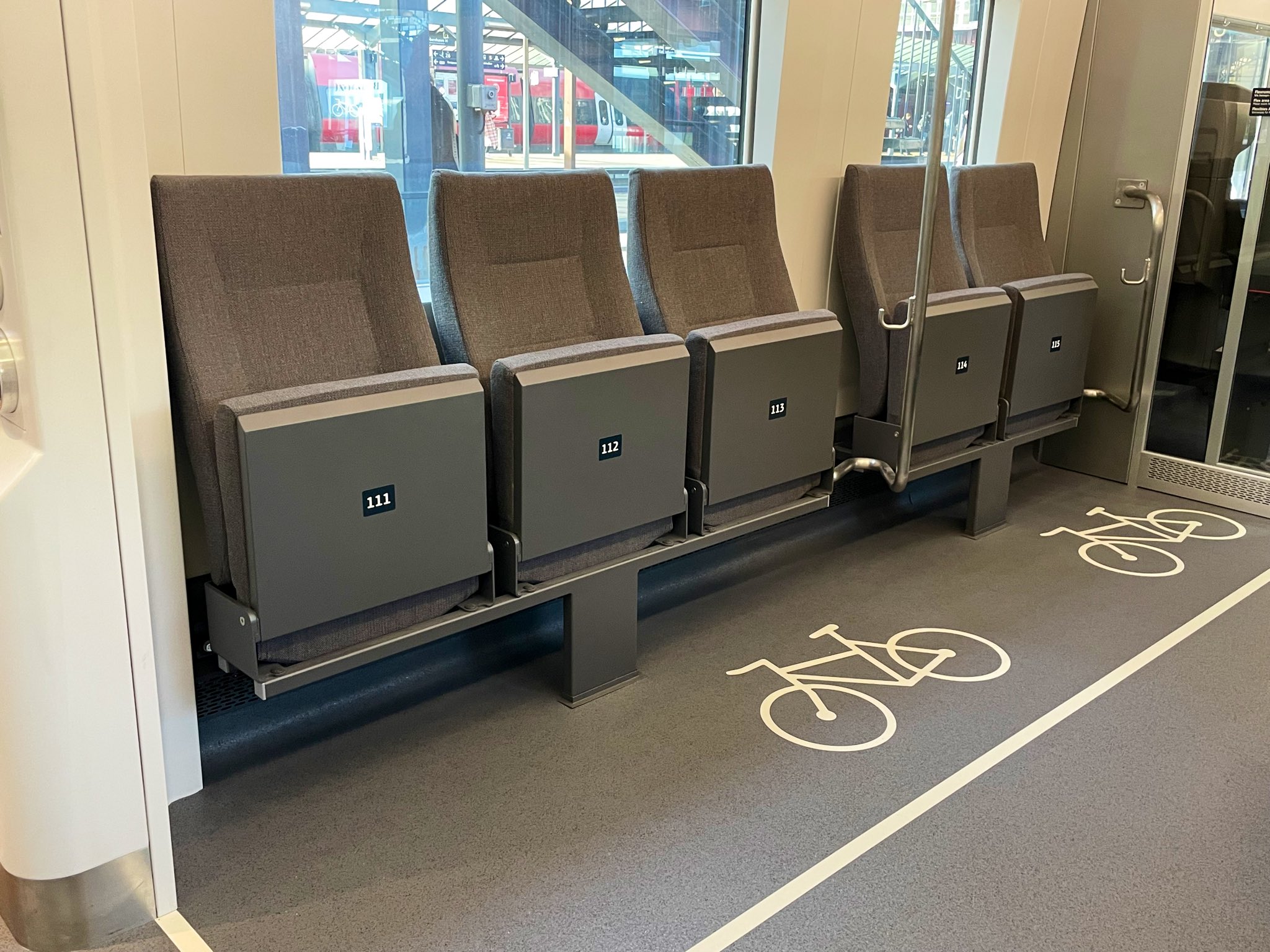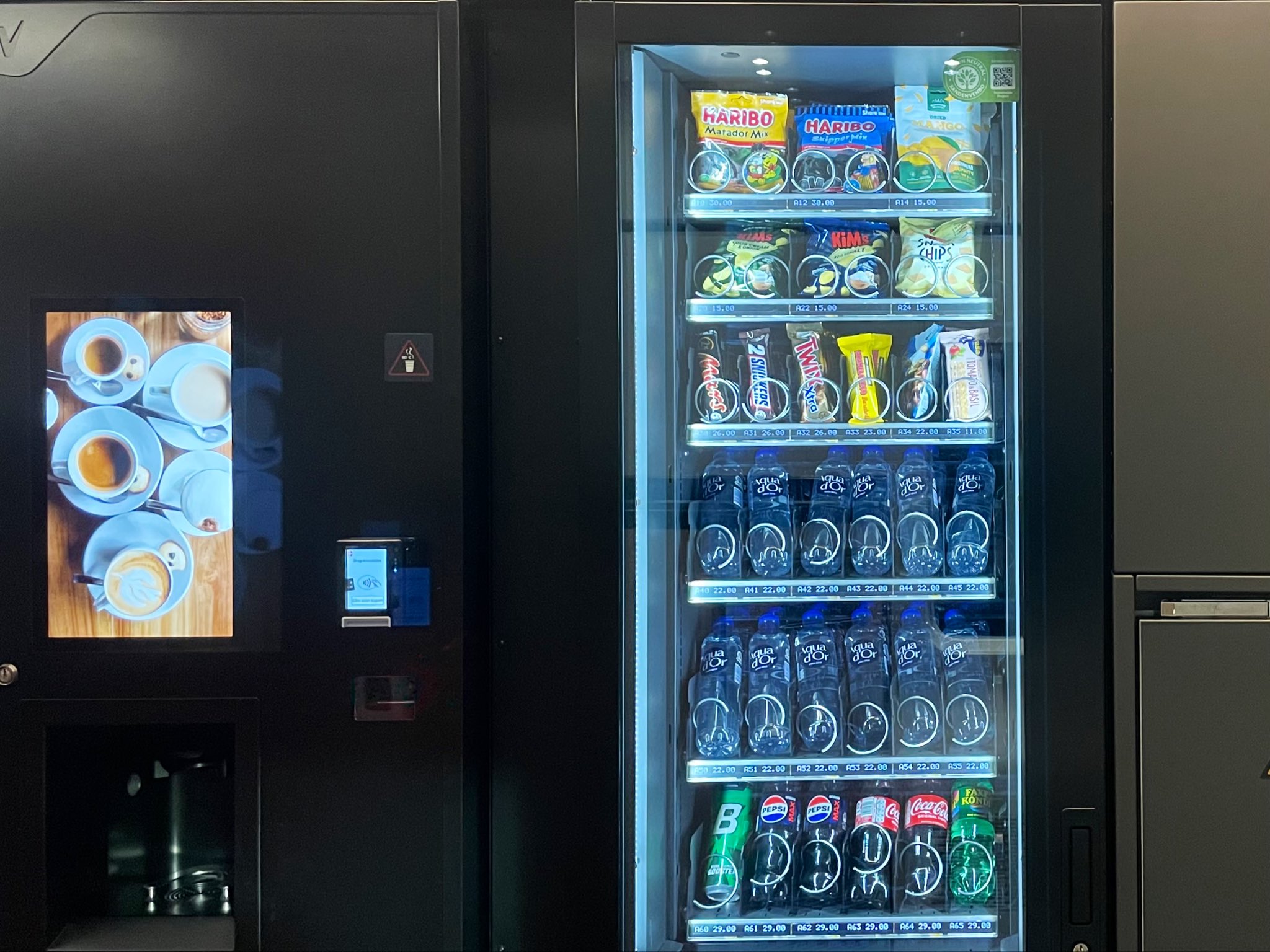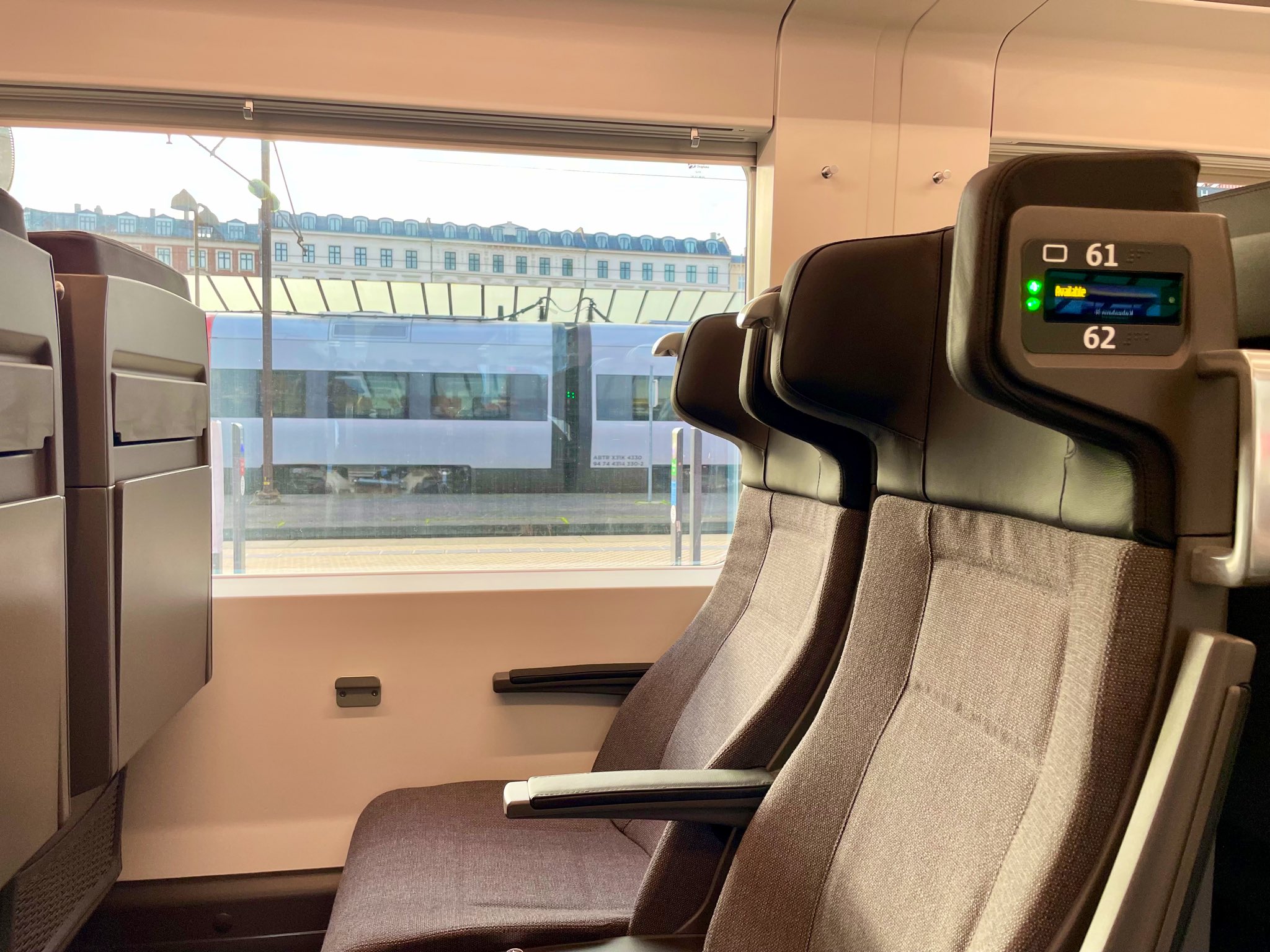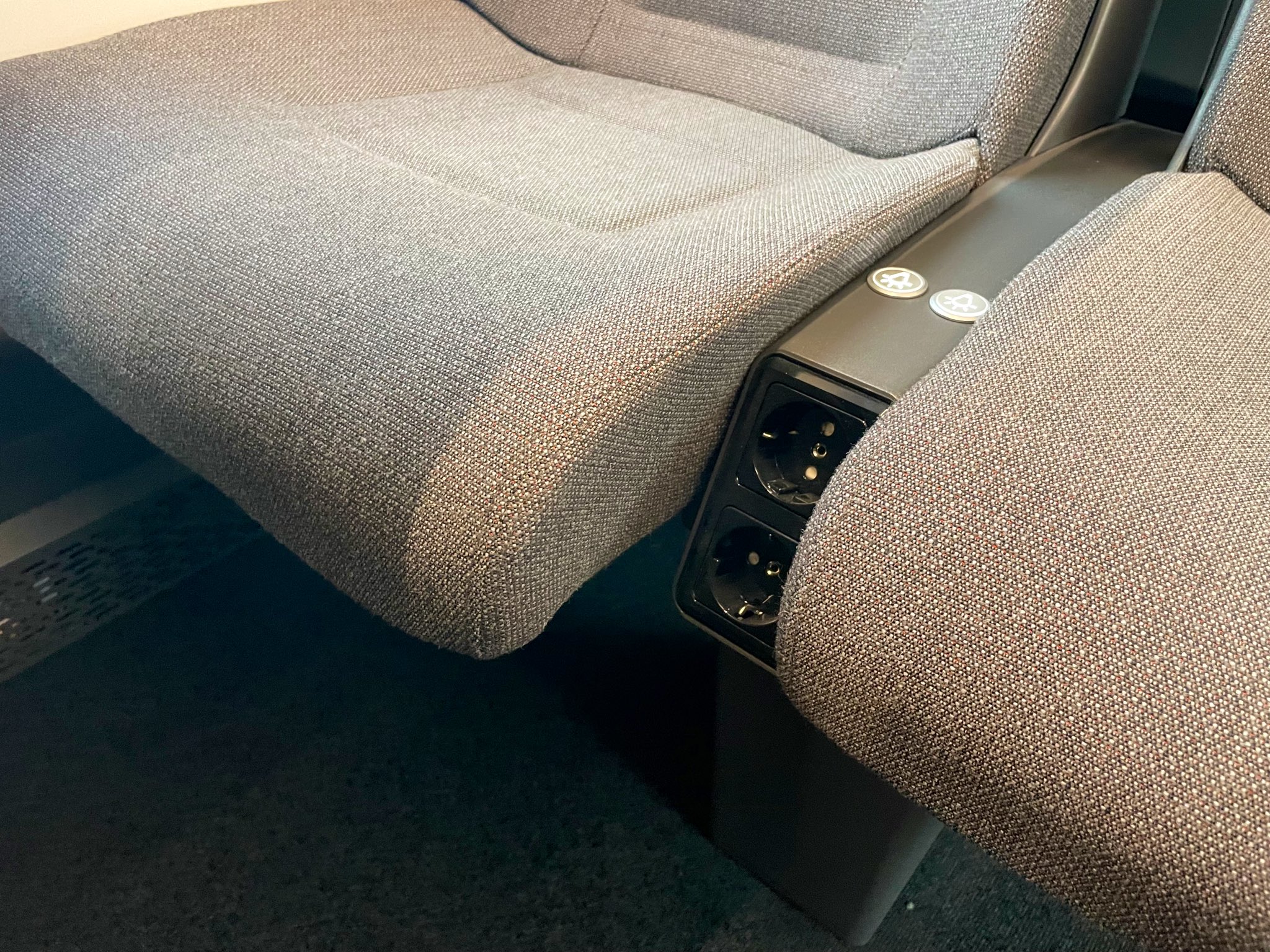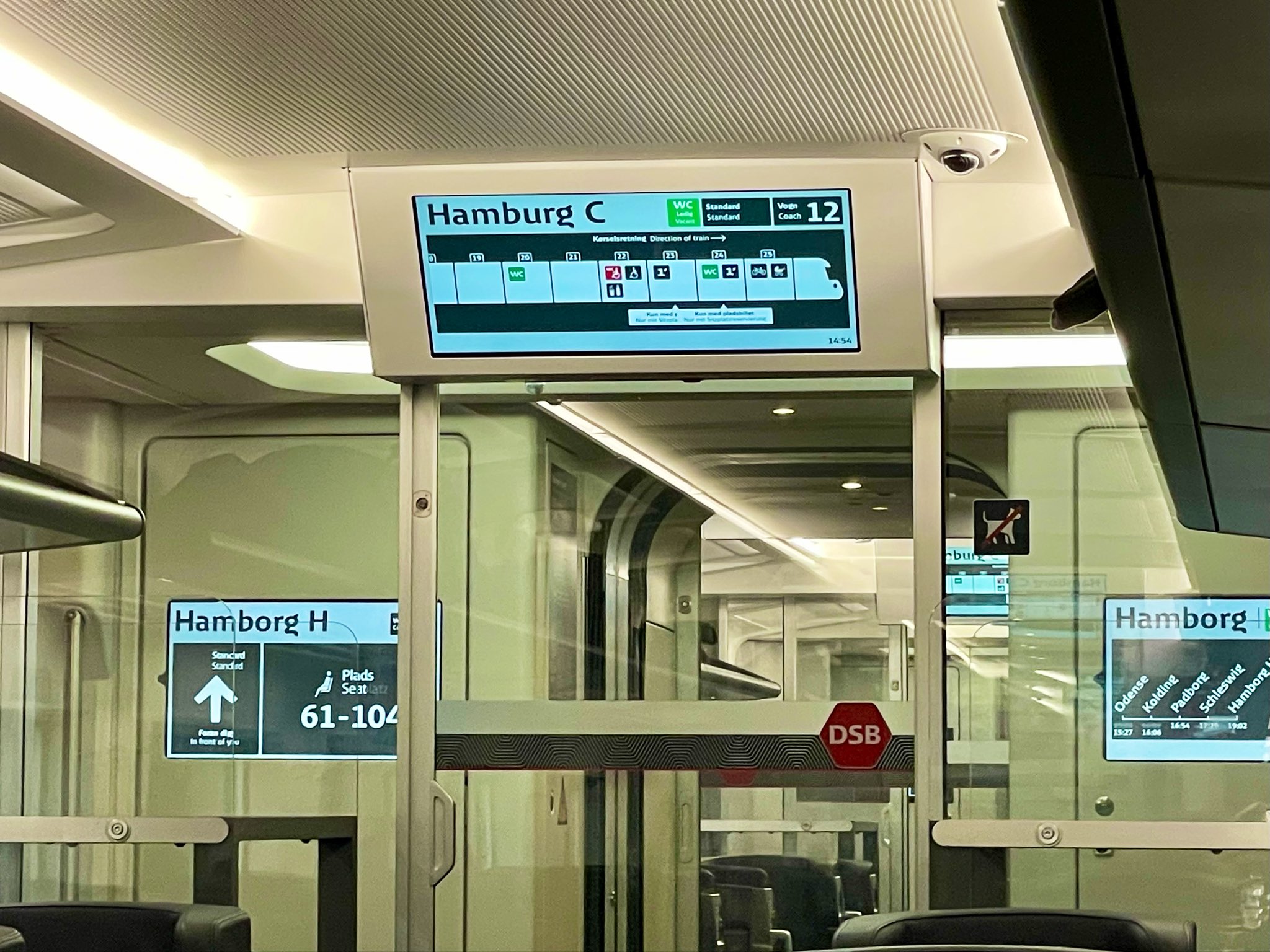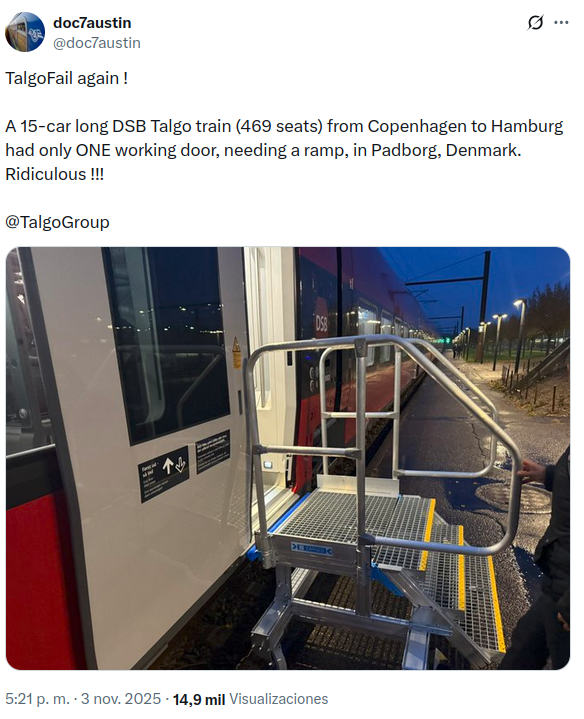On 3 November, the Danish state operator inaugurated its first Eurocity service — cross-border intercity trains linking major European cities. This milestone was made possible by the entry into service of the Talgo 230.
The new train replaces the loco-hauled rakes introduced in 2023, which had themselves replaced the under-capacity IC3 multiple units.
The deployment of the Talgo 230 for DSB comes less than two months after the train was approved for service in both Denmark and Germany.
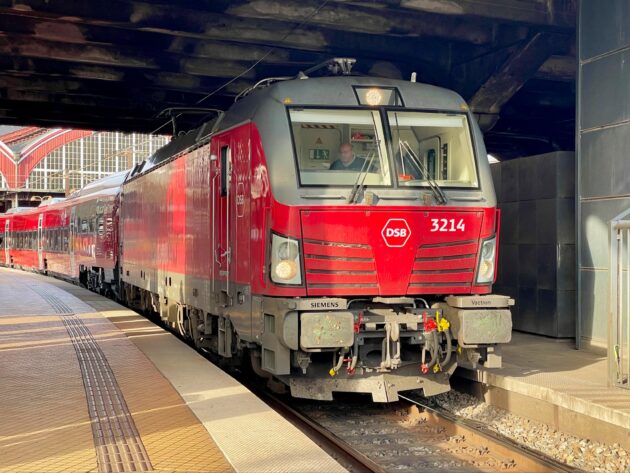
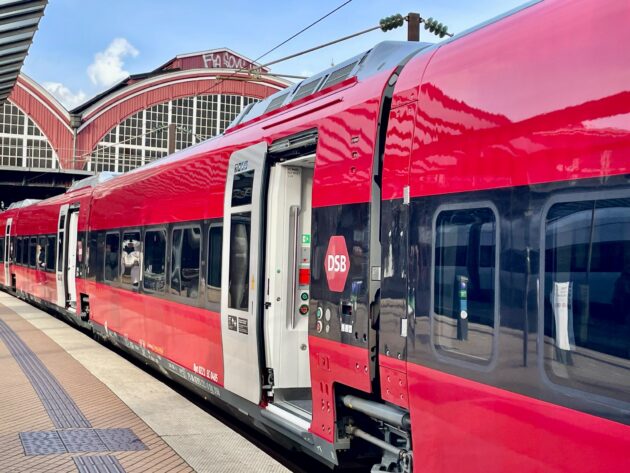
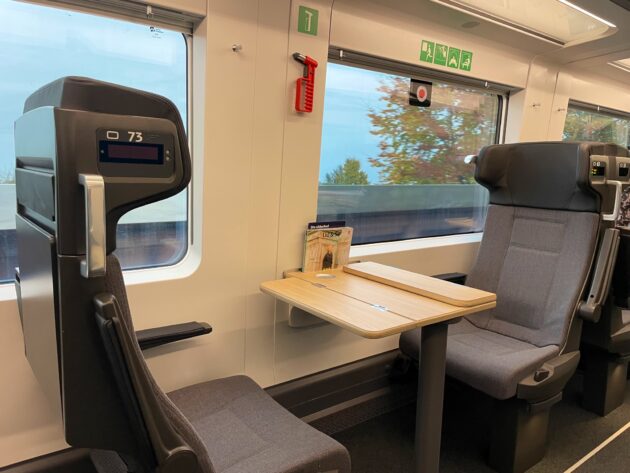
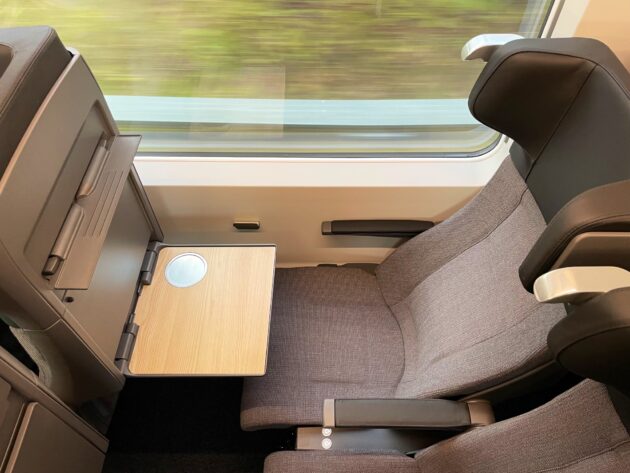
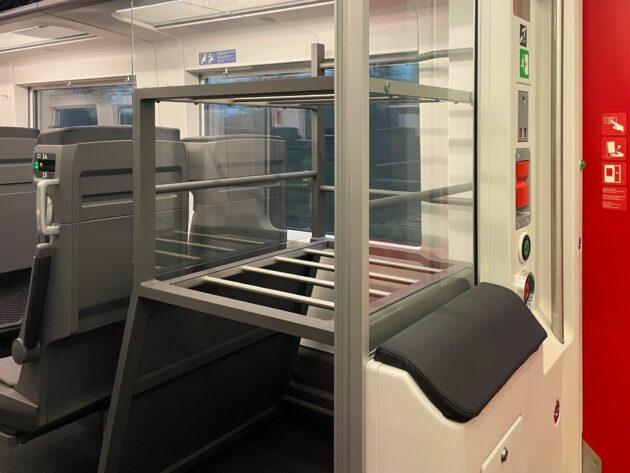
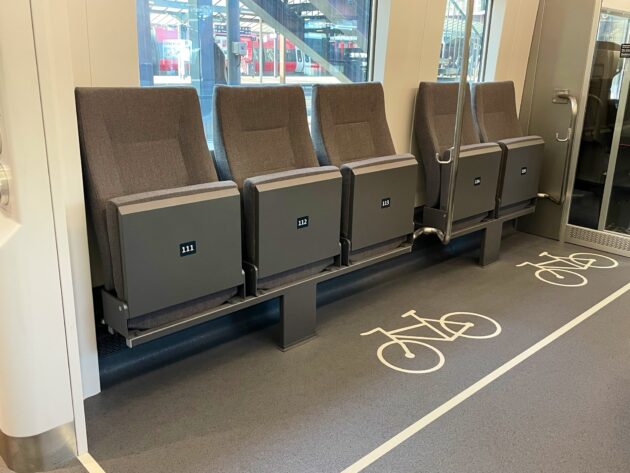

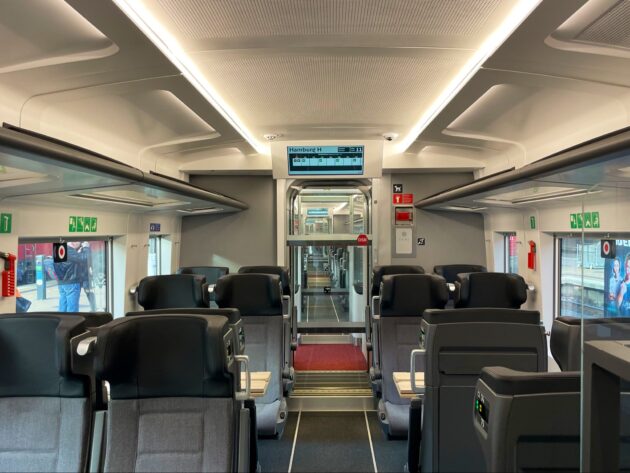
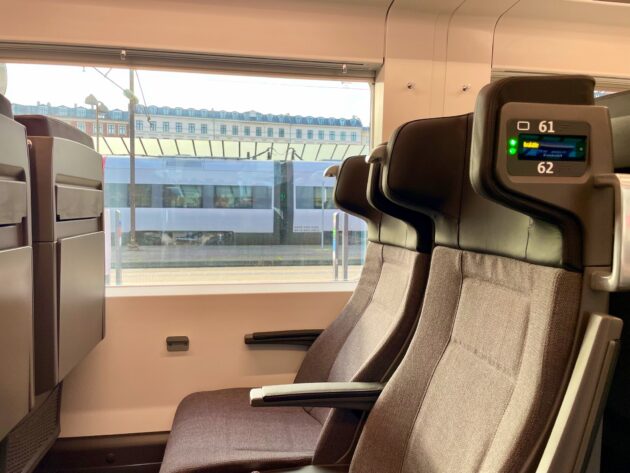


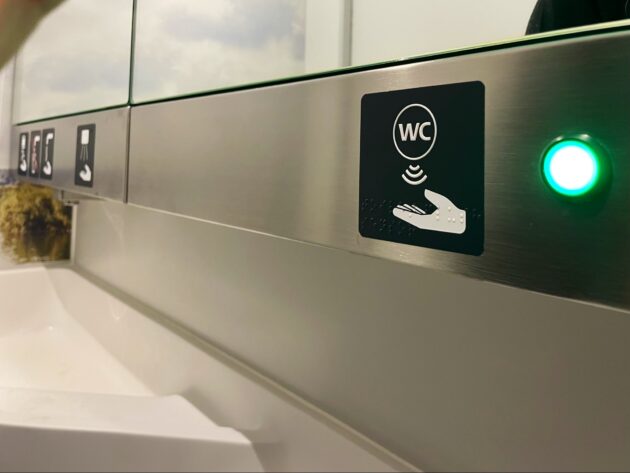
The inaugural run, service EC 397, departed Copenhagen at 14:11 and arrived in Hamburg at 19:00, with scheduled stops at Ringsted, Odense, Kolding, and Padborg — where only one door can be opened and an external step is required due to the low platform height.
The return working, EC 396, left Hamburg at 22:53, carrying both regular passengers and DSB executives as well as rail enthusiasts eager to experience the new train. Built in Spain, the Talgo 230 units offer nearly triple the seating capacity of their predecessors — 492 seats versus 136 aboard the IC3 DMU. Although designed for 230 km/h, they will initially run at up to 200 km/h, which is the top operating speed of DSB’s EB‑class locomotives from the Siemens Vectron family.
Despite the numerous advantages, early feedback has included criticism about noticeable vibrations at maximum speed.
DSB’s procurement of Talgo 230 sets has been divided into three phases. The first, signed in February 2020, covered eight 14‑car formations. In April 2021, each unit was lengthened by an additional car to meet growing demand.
Later, in April 2023, DSB ordered a further eight trains of the same configuration, with one key difference: one end car will include a driver’s cab, similar to the ICE L, eliminating the need for turning manoeuvres.
First Talgo passenger coach equipped with a bogie
Each trainset comprises 15 cars, with the two end vehicles featuring a raised section towards the locomotive, mirroring the ICE L layout. Since these end cars do not have a low floor, they are the first passenger coaches in a Talgo design to be mounted on conventional bogies instead of Talgo’s signature single-wheel running gear.
The remaining cars retain the low-floor architecture, ensuring full step-free access — provided the platforms comply with the 760 mm standard above rail level.
With these new Eurocity trains entering commercial service, DSB plans to ramp up frequencies between the two capitals to 10 daily services in each direction by next summer, significantly improving cross-border connectivity and passenger comfort between Denmark and Germany.






